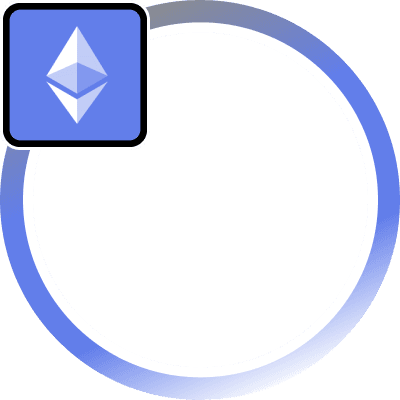Overview
Hyperlane, developed by Abacus Works, is designed as a modular interoperability framework aimed at fostering communication across different blockchain environments, including Ethereum, Cosmos, Solana, and multiple rollups like Optimism and Arbitrum. Its primary goal is to enable permissionless interchain communication, facilitating the transfer of tokens, messages, and decentralized application data without requiring centralized coordination.
Key Features
Warp Routes and Token Transfer
Warp Routes are an essential part of Hyperlane’s functionality. They provide a permissionless bridge infrastructure allowing developers to deploy token transfer routes easily. These routes support various configurations:
- Native-to-Native Routes: Direct token transfers between chains that support native assets of equivalent value.
- Native-to-Synthetic Routes: The creation of synthetic tokens on a destination chain, expanding asset usability.
- Collateral-to-Synthetic Routes: Tokens on one chain are collateralized to mint synthetic versions on another, facilitating cross-chain liquidity without moving the original asset.
This flexibility supports complex token economies, ensuring that decentralized finance (DeFi) and other applications benefit from seamless multi-chain functionality.
Modularity and Security
Hyperlane stands out for its modular approach to security. Developers can implement Interchain Security Modules (ISMs) to customize how different chains interact with Hyperlane. This includes setting validator preferences, adjusting rate limits, and tailoring gas payment mechanisms. This flexibility ensures that applications can scale securely and adapt to various use cases, whether handling small-scale transactions or managing large asset flows.
Rollup Integration and Ecosystem Expansion
Hyperlane also offers robust support for rollup environments via its Rollup-as-a-Service (RaaS) framework. The protocol enables easy deployment of rollups and bridges to new networks, reducing the friction involved in launching appchains and specialized blockchains. Hyperlane integrates closely with Cosmos’s IBC, but it extends beyond this ecosystem by enabling permissionless deployment across chains without requiring prior lobbying of validators, opening opportunities for modular blockchains to grow independently.
Developer Tools and Adoption
Hyperlane provides developers with APIs, SDKs, and CLI tools to facilitate interchain integration and deployment. Its permissionless framework means developers can independently launch cross-chain functionalities, including bridges and interoperable dApps, without requiring approval from central intermediaries. Through these tools, developers can easily manage cross-chain liquidity, deploy custom gas tokens, and monitor token flows using front-end tools integrated with Hyperlane’s infrastructure.
Ecosystem and Use Cases
Hyperlane is adopted across a wide variety of ecosystems, including Ethereum, Moonbeam, and Astria, helping bridge the gap between EVM and non-EVM chains. In Cosmos, for example, Hyperlane’s deployment unlocks new capabilities by allowing Cosmos-based chains to interact beyond the IBC network. This integration demonstrates Hyperlane’s role in creating a more connected and scalable blockchain landscape.
Hyperlane Supported Chains
As of 2024, Hyperlane supports a wide array of blockchain networks, enabling seamless interoperability across the following chains:
- Ethereum
- Polygon
- Optimism
- Avalanche
- Solana
- BNB Smart Chain
- Gnosis
- Arbitrum
- Moonbeam
- Fantom
- Aptos
- Celo
- Aurora
- Harmony
- Cronos
- Kava
- Oasis
- Palm
- Metis
- Moonriver
- Acala
- Karura
- OKX Chain
- ZkSync
- StarkNet
- Scroll
- Mantle
- Linea
- Base
- Shardeum
- Sui
- Astar
- Evmos
- Near
- Avalanche Subnets
- Boba
- Canto
- Wanchain
- Telos
- Sifchain
- Rsk
- Velas
- Meter
- Syscoin
- Chainlink
- Algorand
- Elrond (MultiversX)
- Everscale
- Secret Network
- Fuse
- Kadena


![TOP Airdrops for 2025 [20+ Target Airdrops 🪂]](/_next/image?url=https%3A%2F%2Fimg.youtube.com%2Fvi%2Fpy3K4jO-lrA%2Fhqdefault.jpg&w=1024&q=75)
![Eclipse AIRDROP Tutorial [Step-by-Step]](/_next/image?url=https%3A%2F%2Fimg.youtube.com%2Fvi%2FeP1RmTNyP48%2Fhqdefault.jpg&w=1024&q=75)


